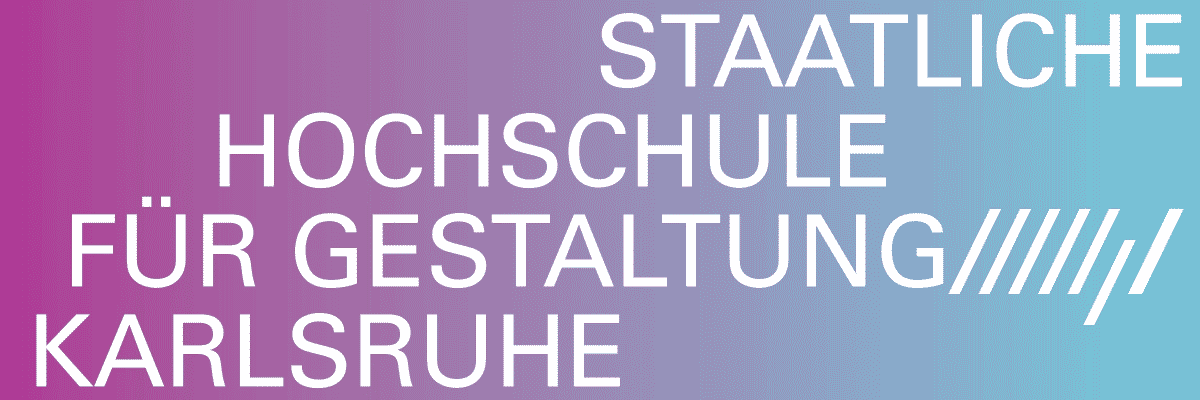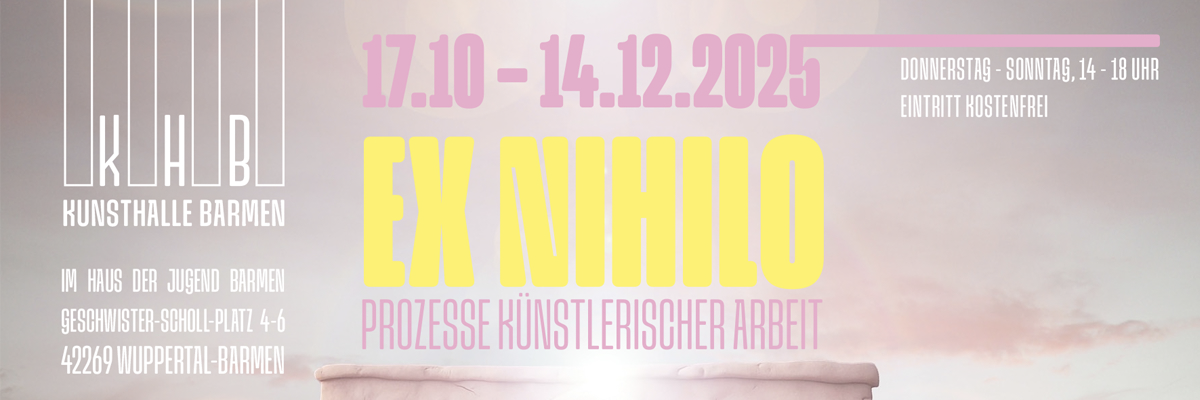
Barbara Davi, Kristof Kintera, Maya Hottarek, Michele Gabriele
Elements of Tune

Advertisement
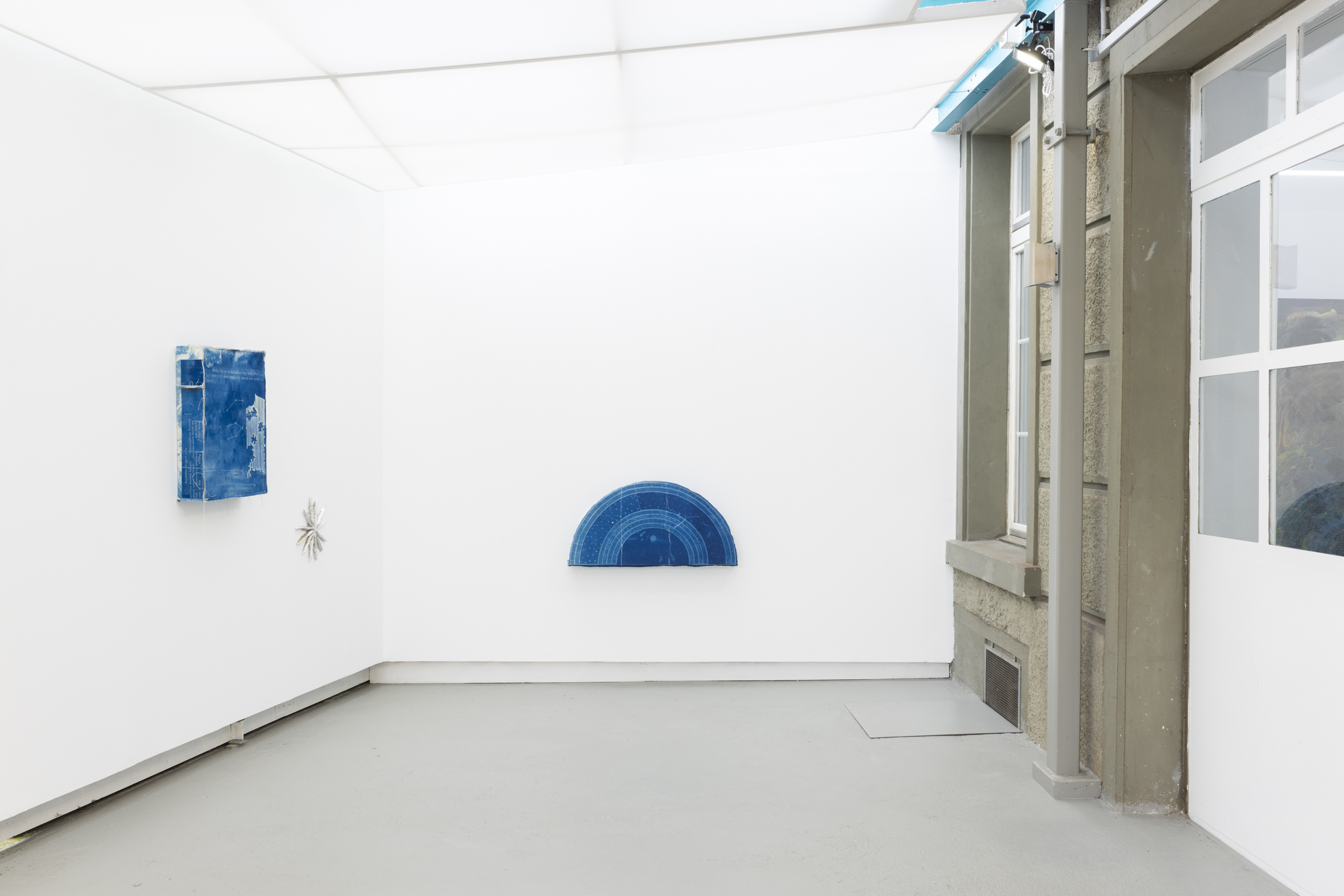
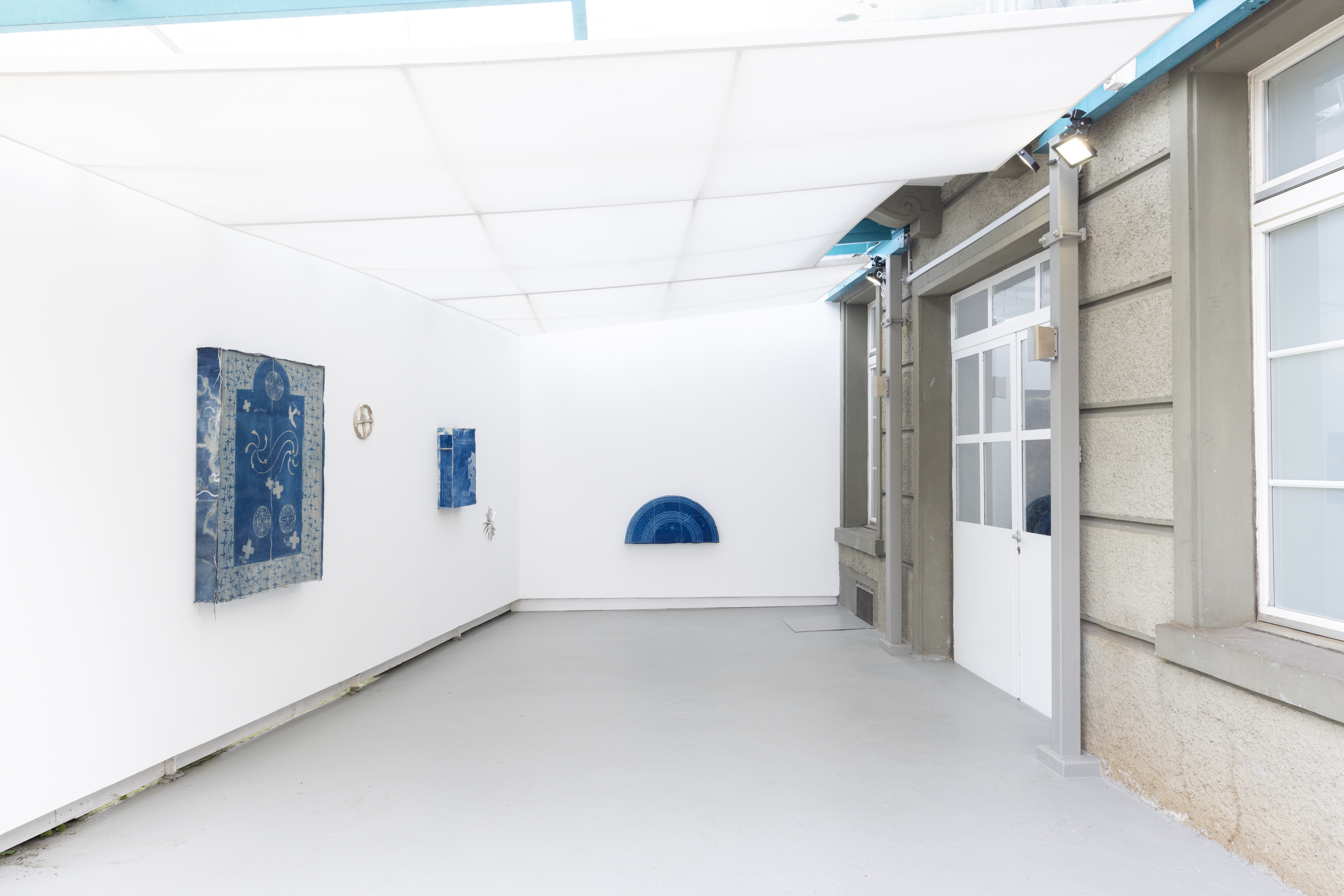
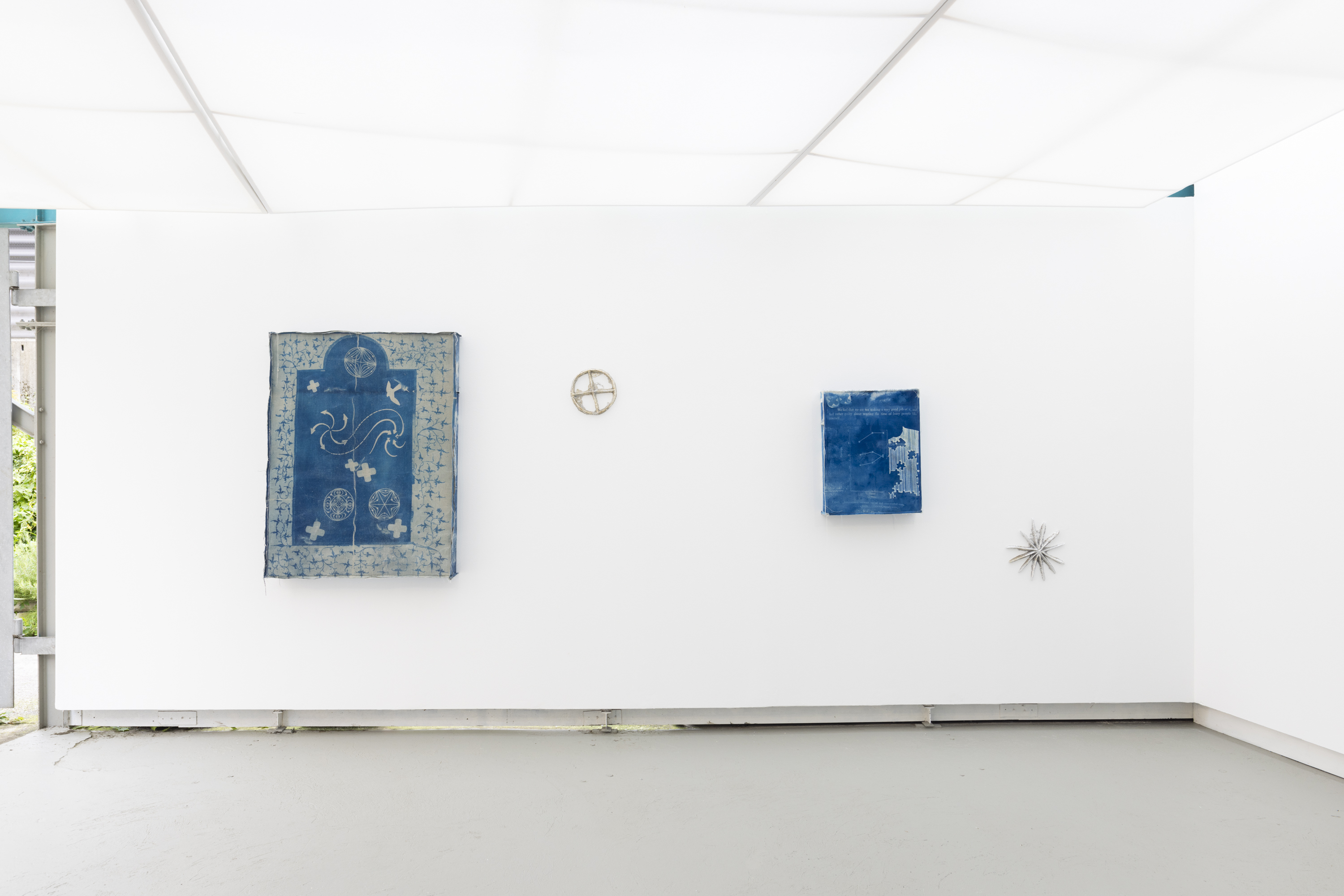

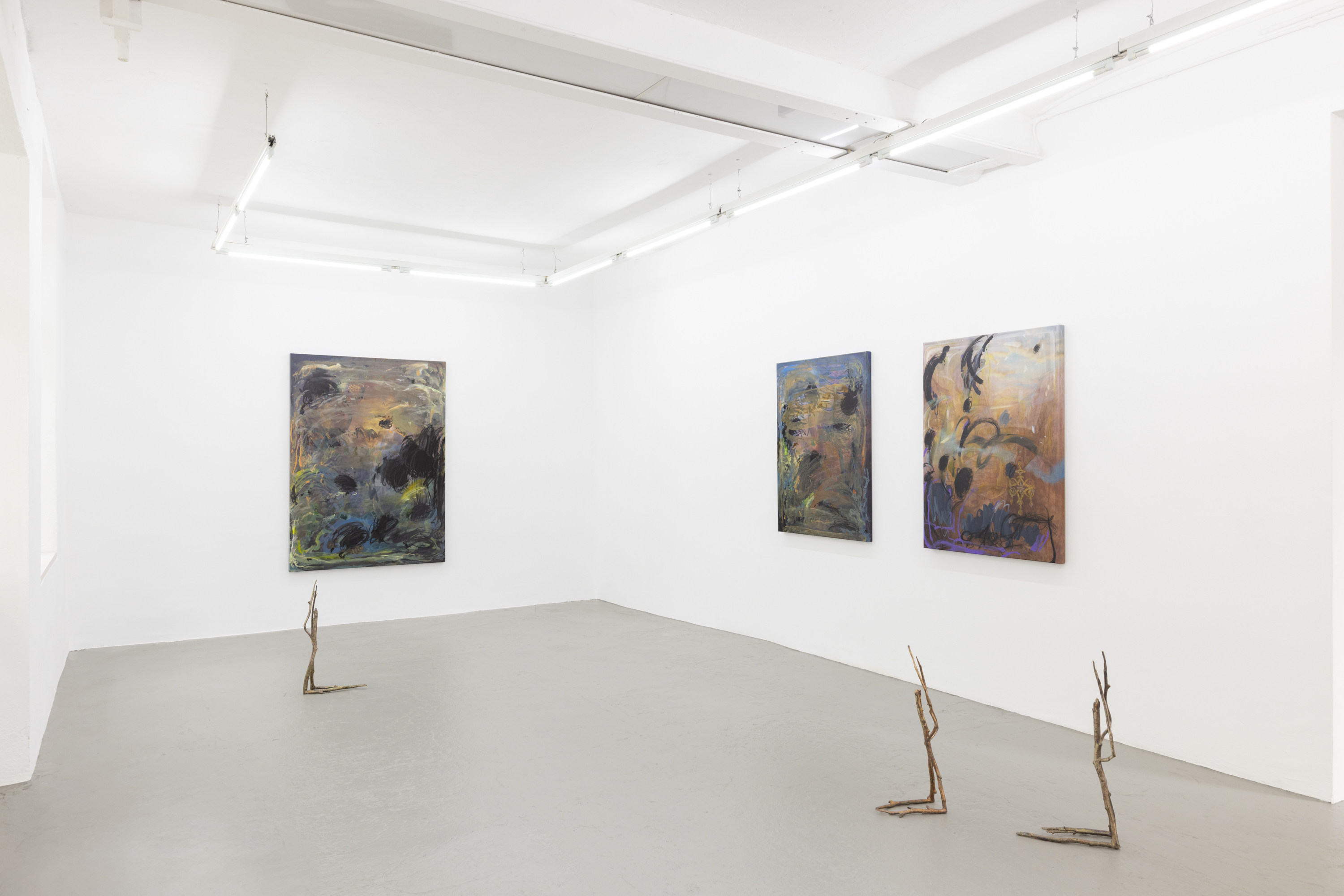
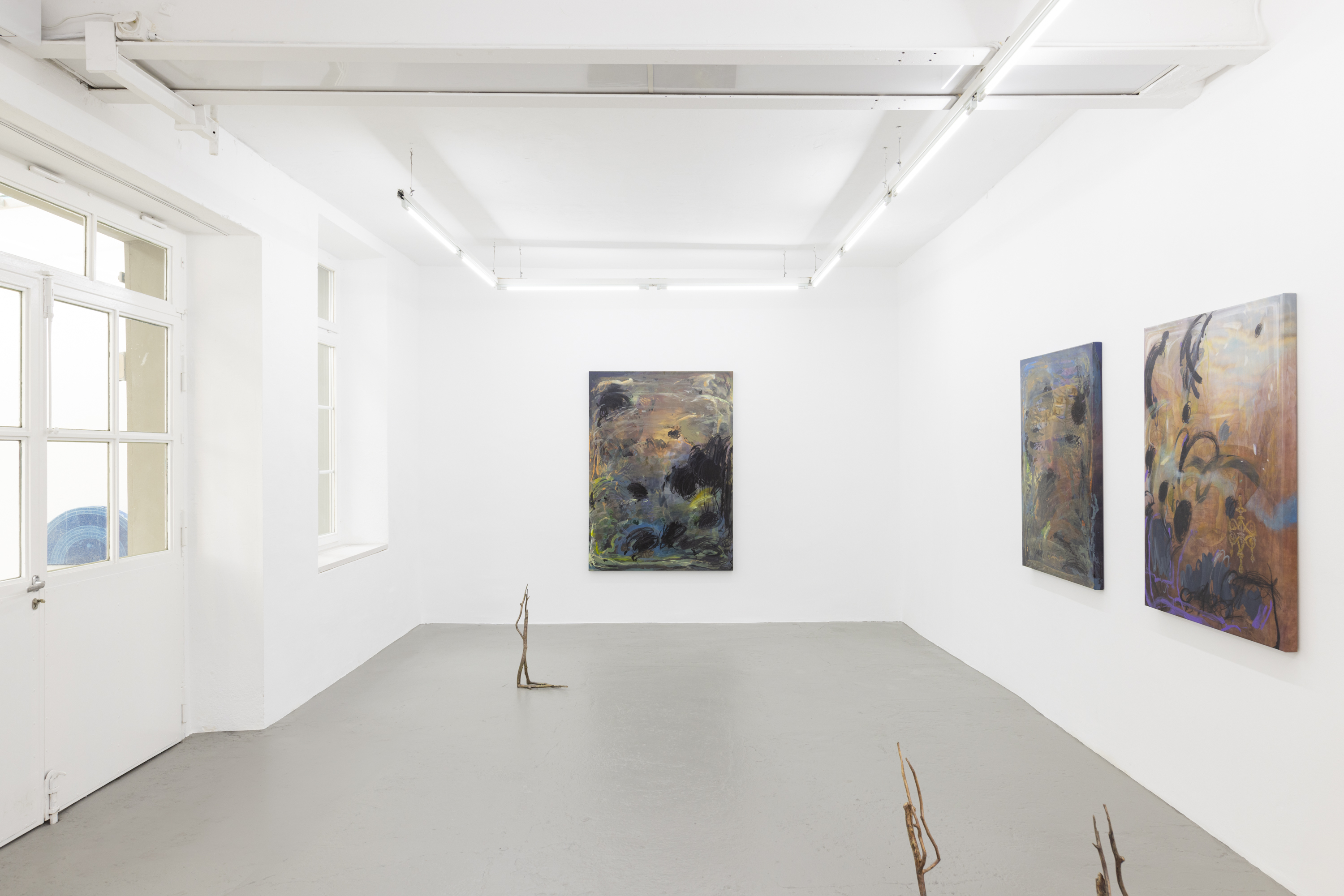
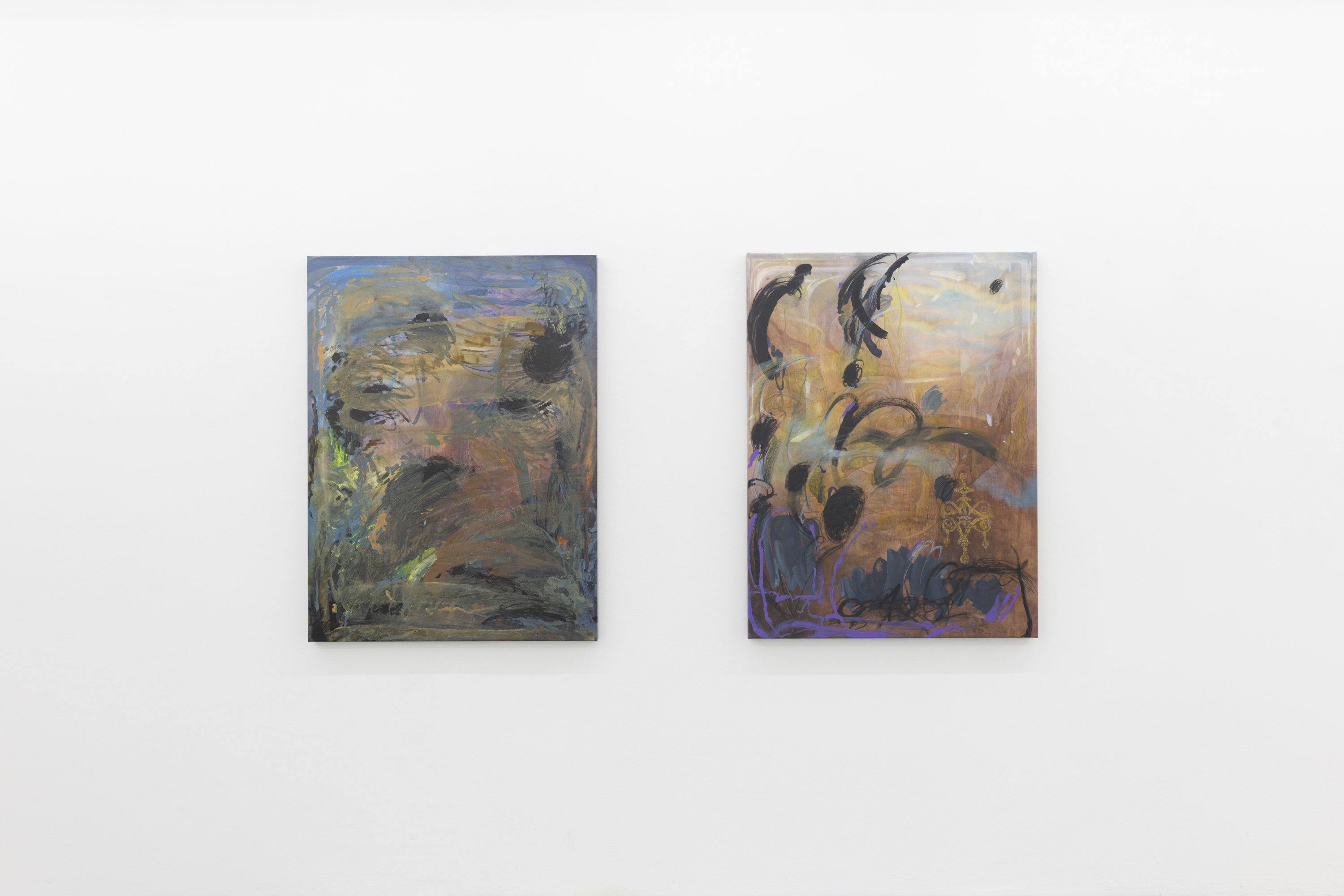
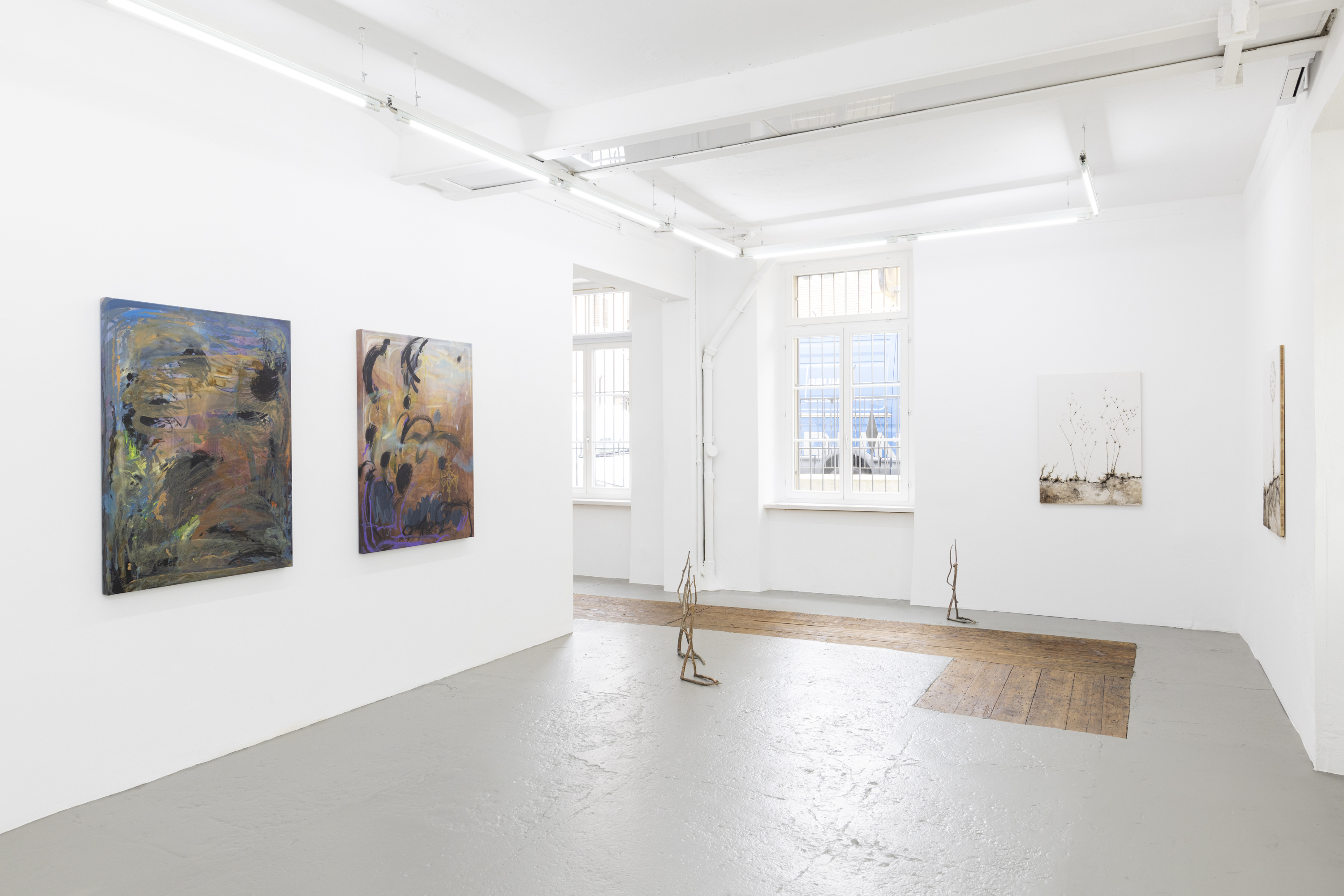
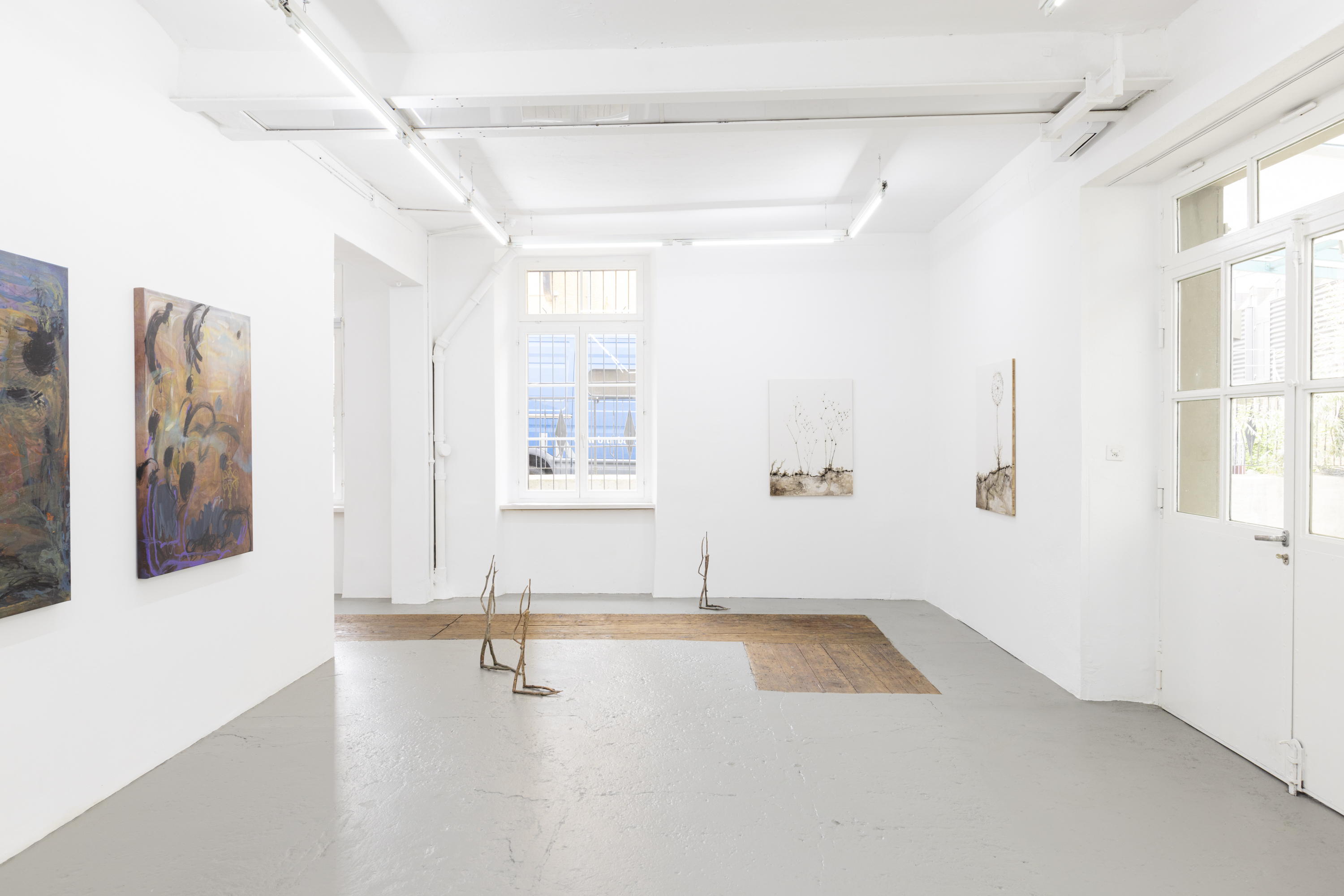
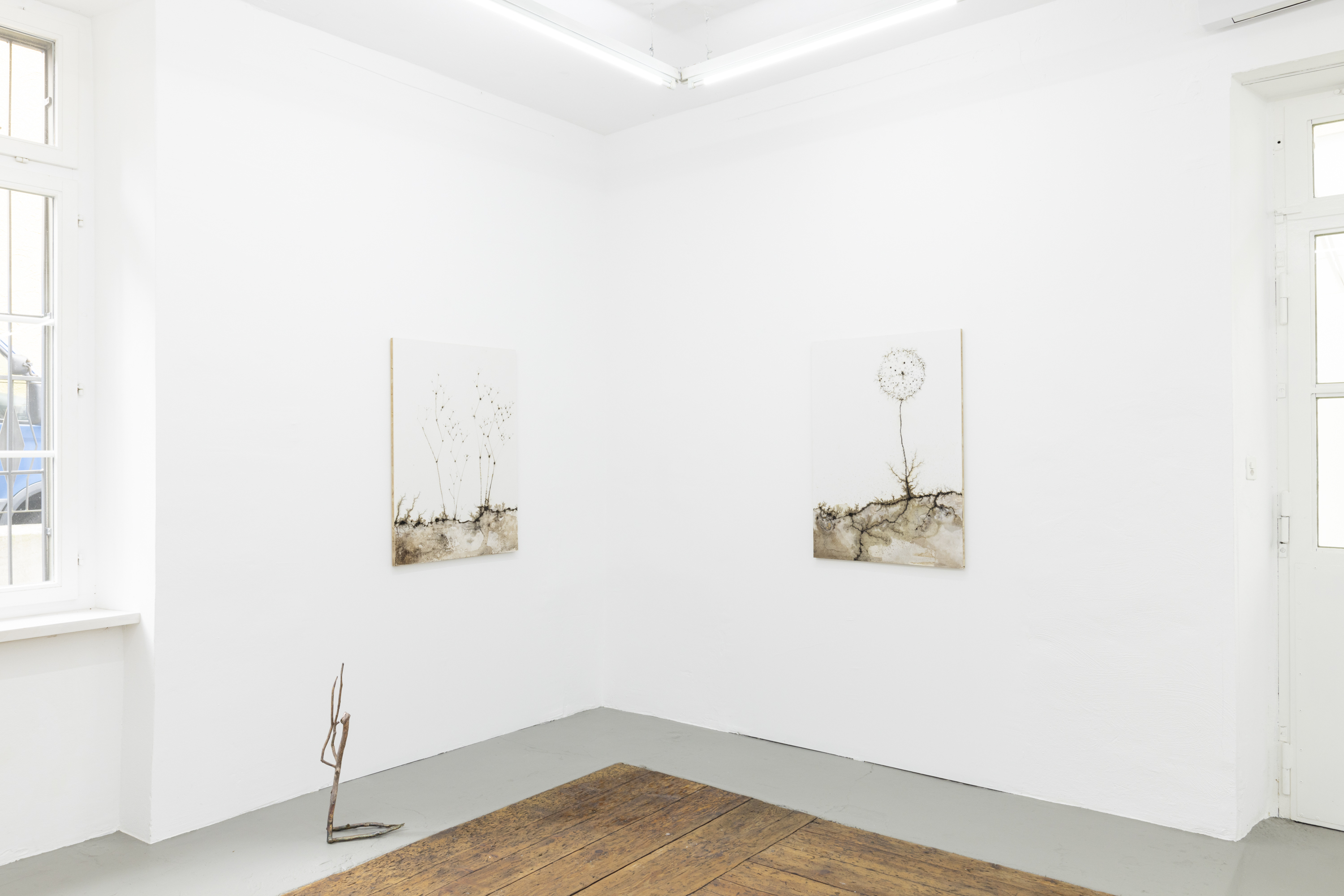
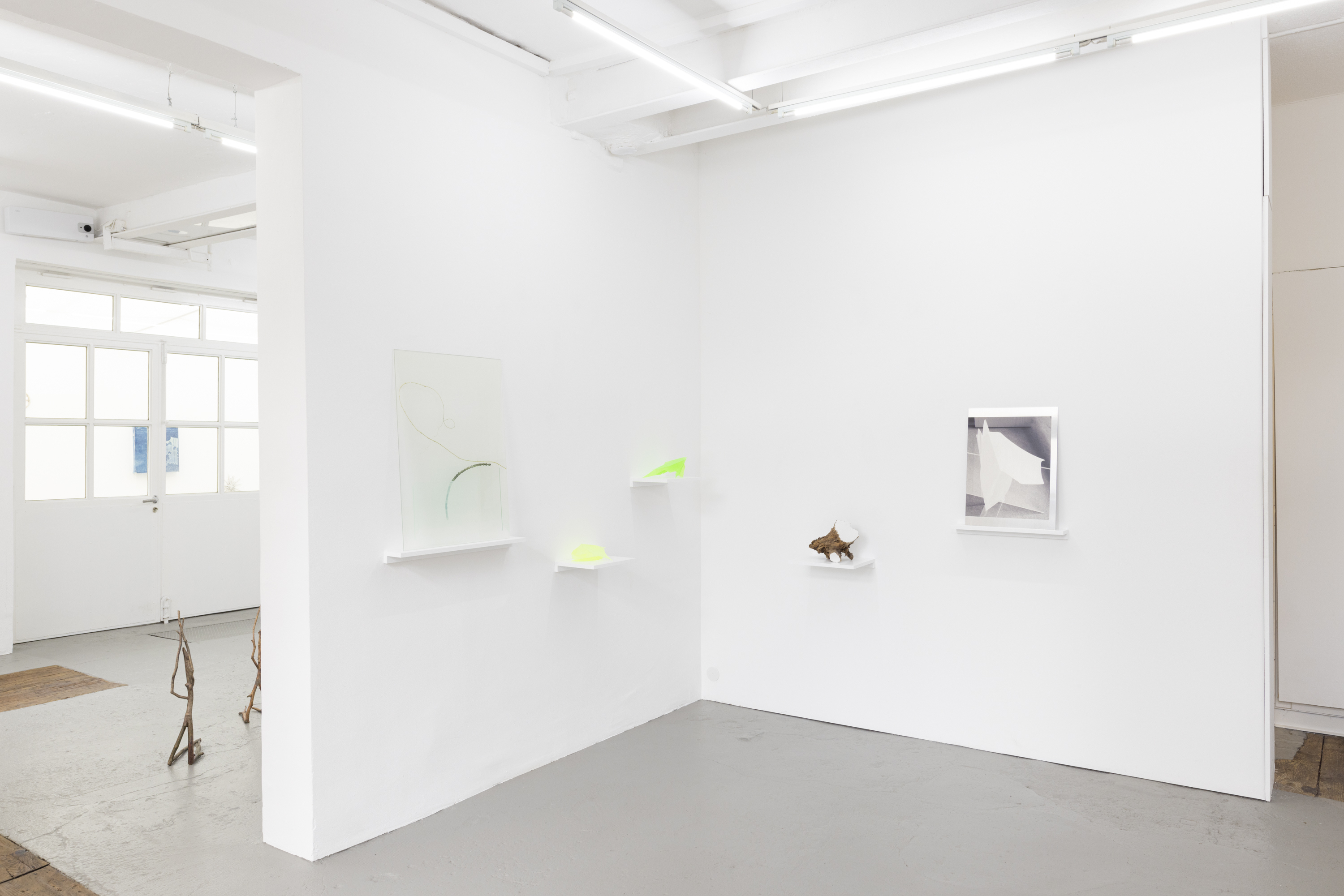
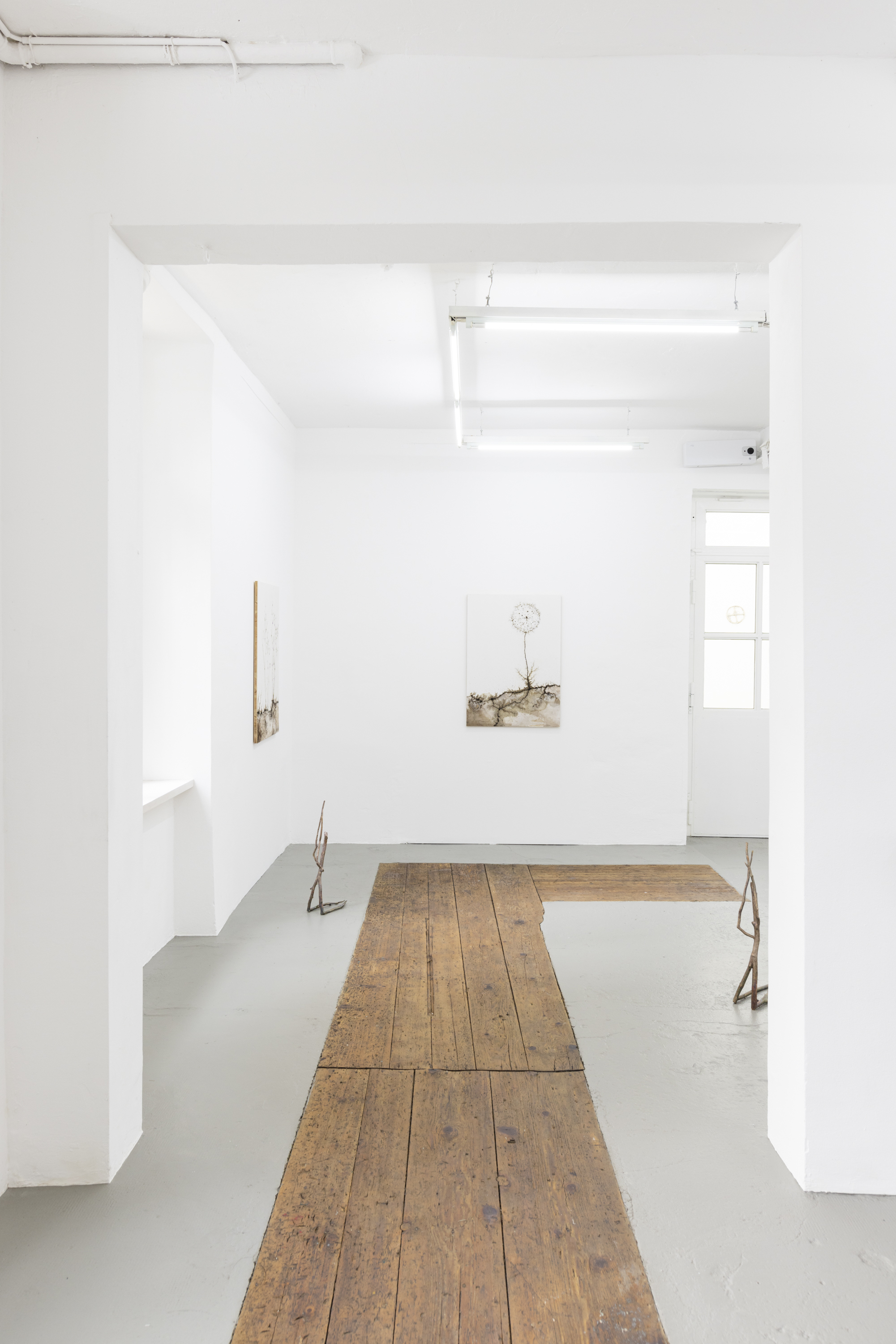

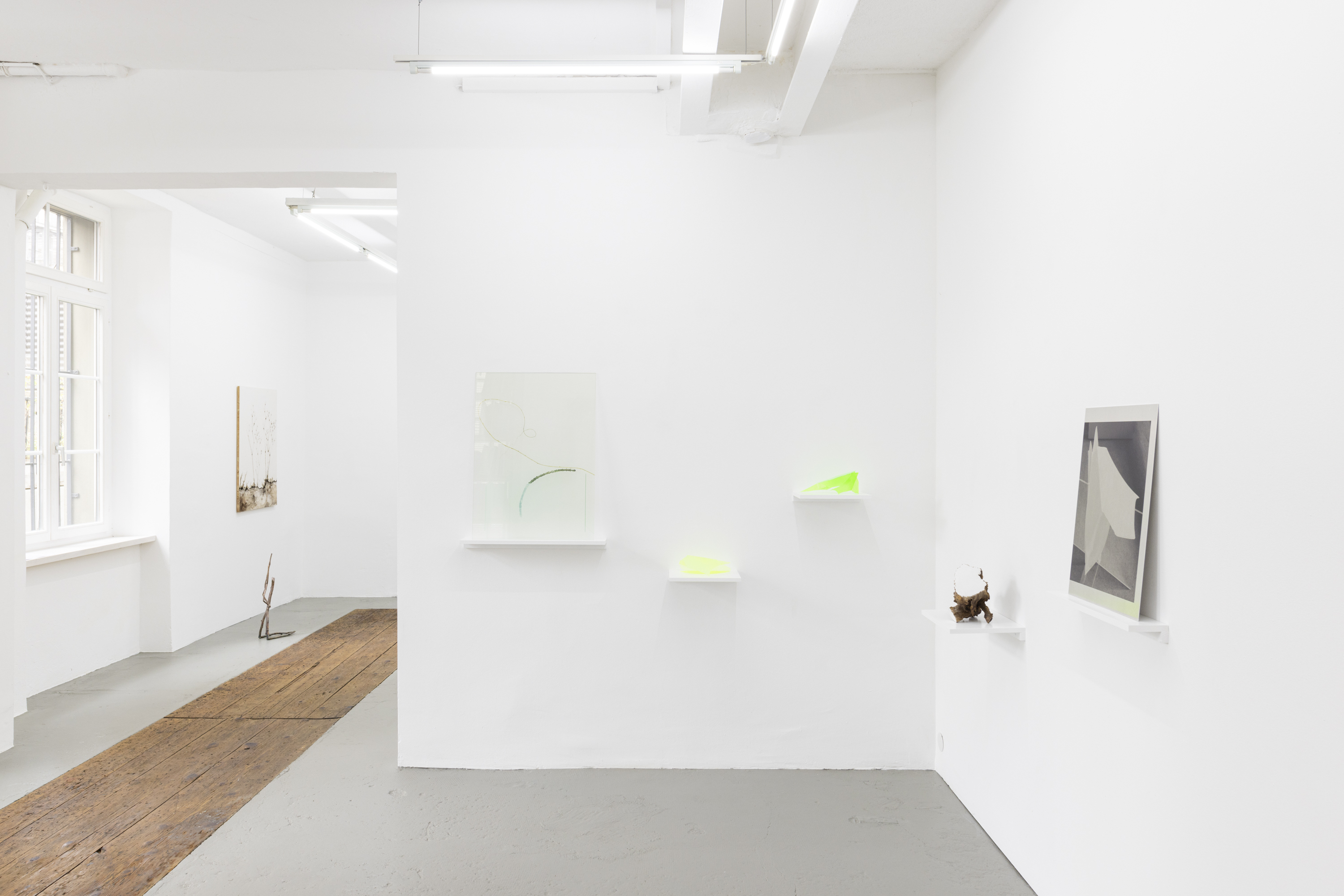
In the group exhibition “Elements of Time”, KALI Gallery presents works by Barbara Davi (*1971, CH), Michele Gabriele (*1983, IT), Maya Hottarek (*1990, CH) and Kristof Kintera (*1973, CZ). This artistic compilation invites the viewer to explore the concepts of time and resilience and fundamentally questions the diverse possibilities of the coexistence of man and nature.
The exhibition opens up to the viewer through a series of works that can be seen as independent artistic positions, but which together create a coherent and far-reaching picture. The wealth of media used - including painting, cyanotype, sculpture, object art, photography and installation - as well as the variety of materialities that characterize the work of the participating artists, opens up a broad spectrum of perspectives to the public.
In the gallery's outdoor space, we encounter the works of Maya Hottarek, whose interest is focused on the complex interactions between the individual, society and the economy. Hottarek's works, which make use of one of the oldest printing techniques, the cyanotype, provide deep insights into a new series. In this technique, exposed iron salt is crystallized under UV light, leaving a deep blue color on the image carrier. In Hottarek's works, we discover symbols such as plasters, puzzle pieces or feathers which, in combination with text fragments that seem like fragmented thoughts, create clear references to existential questions. One example of this is the quote “We feel that we are not making a good job of it, and feel rather guilty about wasting the time of busy people like yourself”, which refers to Douglas Adams' science fiction classic “The Hitchhiker's Guide to the Galaxy”, in which the destroyed Earth and the futile search for answers are thematized.
Michele Gabriele's work can be understood as an expression of a post-digital hypermaterialism that is constantly on the move. His artistic practice oscillates between an optimistic vision of sustainable future technologies and disillusionment at the impossibility of realizing such a future in the face of the challenges of climate change and capitalism. The resulting works reflect the debris of these unfulfilled dreams, which appear as elements of a self-created formal language born of inadequacy. Through a complex painterly process, compositions are created that stand out due to their refined coloration and multi-layered application of paint. Using digital as a starting point, Gabriele superimposes hundreds of landscape images, which are then transferred to canvas using the UV printing process and then complemented by precise charcoal, pastel and colored pencil drawings and expressive use of acrylic paint. These works challenge the viewer to develop a critical, reciprocal relationship with the artwork itself, with other people and with the world.
The “Praying Wood” sculptures scattered around the room and facing the light are a fascinating example of the way in which Kristof Kintera blurs the boundaries between nature and art to explore questions about the relationship between people and the environment. The origin of the works consists of pieces of wood that at first glance appear to have grown randomly, yet reveal a clear narrative intention in their position and form. This dual reading of his sculptures reflects the ambivalent relationship that modern man has with nature - a relationship characterized by both reverence and exploitation. Kintera succeeds in articulating this complex dynamic with a simplicity of form and materiality that is as poetic as it is powerful. The sculptures are not only visually impressive, but also symbolically charged: They evoke the ancient rituals of worship and sacrifice that are deeply rooted in almost all cultures around the world, and link these to today's ecological crisis, in which man is increasingly proving to be the enemy of nature.
Kintera also expands on the idea of the connection between nature and technology with his “Electric Flowers”. These works, which bear titles such as “Ampera Astra” and “Volta Systematica”, consist of plant-like structures that are generated by high voltage current. The effect of electric currents creates new, often surprising forms and structures on the image carriers, which appear both natural and artificial. These works question the relationship between organic and inorganic matter and open up a post-naturalistic vision in which the boundaries between the two become increasingly blurred. They confront the viewer with the question of whether technology is merely imitating nature or whether it is creating a new, hybrid form of nature that has both its advantages and disadvantages.
With “Nature Morte (glass)”, Barbara Davi opens up an expansive dialog between past and present, nature and culture. Her work consists of a collection of sculptures and photographs that she creates from found materials. She follows her impulses and transforms the found objects, painted glass in combination with aluminum, using the principle of collage. The elements, which may appear disparate at first glance, are carefully selected and shaped to unfold an almost archaeological narrative that poetically combines the temporal and the ephemeral.
The crystal-like works “Piece (neon yellow)” and “Piece (neon green)” function as central elements of the installation. They embody a kind of “new relics” which, like ancient artifacts, function both as testimonies of times past and as symbols of the fragility and fleeting nature of existence. These works are not only visual anchor points within the installation, but also symbolic interfaces at which questions about the value and permanence of material and memory are condensed.
Overall, the “Elements of Time” exhibition reveals a multi-layered reflection on time and its many facets. In their diversity and depth, the artists' works unfold a panorama that encourages the viewer to engage with questions about our existence. The KALI Gallery thus creates a space in which artistic positions come together to enable an understanding of the mutual influences between art, society and nature.
Nicolai Kalinowski
